 C++ is a statically typed, free-form, multi-paradigm, compiled, general-purpose programming language. It is regarded as anintermediate-level language, as it comprises a combination of both high-level and low-level language features. It was developed by Bjarne Stroustrupstarting in 1979 at Bell Labs as an enhancement to the C language and originally named C with Classes. It was renamed C++ in 1983.
C++ is a statically typed, free-form, multi-paradigm, compiled, general-purpose programming language. It is regarded as anintermediate-level language, as it comprises a combination of both high-level and low-level language features. It was developed by Bjarne Stroustrupstarting in 1979 at Bell Labs as an enhancement to the C language and originally named C with Classes. It was renamed C++ in 1983.
C++ is one of the most popular programming languages and its application domains include systems software (such as Microsoft Windows), application software, device drivers, embedded software, high-performance server and client applications, and entertainment software such as video games. Several groups provide both free and proprietary C++ compiler software, including the GNU Project, Microsoft, Intel and Embarcadero Technologies. C++ has greatly influenced many other popular programming languages, most notably C# and Java.
C++ is also used for hardware design, where the design is initially described in C++, then analyzed, architecturally constrained, and scheduled to create aregister-transfer level hardware description language via high-level synthesis.
The language began as enhancements to C, first adding classes, then virtual functions, operator overloading, multiple inheritance, templates, andexception handling among other features. After years of development, the C++ programming language standard was ratified in 1998 as ISO/IEC 14882:1998. That standard is still current, but is amended by the 2003 technical corrigendum, ISO/IEC 14882:2003. The next standard version (known informally as C++0x, in reference to the long-standing expectation that it would be released sometime before 2010) is in development; its final draft was approved on March 25, 2011 and the formal specification is expected to be published in the summer of 2011.
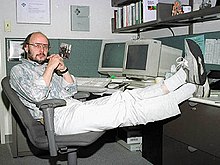
History
Bjarne Stroustrup began work on "C with Classes" in 1979. The idea of creating a new language originated from Stroustrup's experience in programming for his Ph.D. thesis. Stroustrup found that Simula had features that were very helpful for large software development, but the language was too slow for practical use, while BCPL was fast but too low-level to be suitable for large software development. When Stroustrup started working in AT&T Bell Labs, he had the problem of analyzing the UNIX kernel with respect to distributed computing. Remembering his Ph.D. experience, Stroustrup set out to enhance theC language with Simula-like features. C was chosen because it was general-purpose, fast, portable and widely used. Besides C and Simula, some other languages that inspired him were ALGOL 68, Ada, CLU and ML. At first, the class, derived class, strong type checking, inlining, and default argument features were added to C via Stroustrup's C++ to C compiler, Cfront. The first commercial implementation of C++ was released on October 14, 1985.
In 1983, the name of the language was changed from C with Classes to C++ (++ being the increment operator in C). New features were added includingvirtual functions, function name and operator overloading, references, constants, user-controlled free-store memory control, improved type checking, and BCPL style single-line comments with two forward slashes (//). In 1985, the first edition of The C++ Programming Language was released, providing an important reference to the language, since there was not yet an official standard. Release 2.0 of C++ came in 1989 and the updated second edition of The C++ Programming Language was released in 1991. New features included multiple inheritance, abstract classes, static member functions, const member functions, and protected members. In 1990, The Annotated C++ Reference Manual was published. This work became the basis for the future standard. Late addition of features included templates, exceptions, namespaces, new casts, and a Boolean type.
As the C++ language evolved, the standard library evolved with it. The first addition to the C++ standard library was the stream I/O library which provided facilities to replace the traditional C functions such as printf and scanf. Later, among the most significant additions to the standard library, was large amounts of the Standard Template Library.
Etymology
According to Stroustrup: "the name signifies the evolutionary nature of the changes from C". During C++'s development period, the language had been referred to as "new C", then "C with Classes". The final name is credited to Rick Mascitti (mid-1983) and was first used in December 1983. When Mascitti was questioned informally in 1992 about the naming, he indicated that it was given in atongue-in-cheek spirit. It stems from C's "++" operator (which increments the value of a variable) and a common naming convention of using "+" to indicate an enhanced computer program. There is no language called "C plus". ABCL/c+ was the name of an earlier, unrelated programming language.
Operators and operator overloading
C++ provides more than 35 operators, covering basic arithmetic, bit manipulation, indirection, comparisons, logical operations and others. Almost all operators can be overloaded for user-defined types, with a few notable exceptions such as member access (. and .*). The rich set of overloadable operators is central to using C++ as a domain-specific language. The overloadable operators are also an essential part of many advanced C++ programming techniques, such as smart pointers. Overloading an operator does not change the precedence of calculations involving the operator, nor does it change the number of operands that the operator uses (any operand may however be ignored by the operator, though it will be evaluated prior to execution). Overloaded "&&" and "||" operators lose their short-circuit evaluation property.
Templates
C++ templates enable generic programming. C++ supports both function and class templates. Templates may be parameterized by types, compile-time constants, and other templates. C++ templates are implemented by instantiation at compile-time. To instantiate a template, compilers substitute specific arguments for a template's parameters to generate a concrete function or class instance. Some substitutions are not possible; these are eliminated by an overload resolution policy described by the phrase "Substitution failure is not an error" (SFINAE). Templates are a powerful tool that can be used for generic programming, template metaprogramming, and code optimization, but this power implies a cost. Template use may increase code size, since each template instantiation produces a copy of the template code: one for each set of template arguments. This is in contrast to run-time generics seen in other languages (e.g. Java) where at compile-time the type is erased and a single template body is preserved.
Templates are different from macros: while both of these compile-time language features enable conditional compilation, templates are not restricted to lexical substitution. Templates are aware of the semantics and type system of their companion language, as well as all compile-time type definitions, and can perform high-level operations including programmatic flow control based on evaluation of strictly type-checked parameters. Macros are capable of conditional control over compilation based on predetermined criteria, but cannot instantiate new types, recurse, or perform type evaluation and in effect are limited to pre-compilation text-substitution and text-inclusion/exclusion. In other words, macros can control compilation flow based on pre-defined symbols but cannot, unlike templates, independently instantiate new symbols. Templates are a tool for static polymorphism (see below) and generic programming.
In addition, templates are a compile time mechanism in C++ that is Turing-complete, meaning that any computation expressible by a computer program can be computed, in some form, by a template metaprogram prior to runtime.
In summary, a template is a compile-time parameterized function or class written without knowledge of the specific arguments used to instantiate it. After instantiation, the resulting code is equivalent to code written specifically for the passed arguments. In this manner, templates provide a way to decouple generic, broadly applicable aspects of functions and classes (encoded in templates) from specific aspects (encoded in template parameters) without sacrificing performance due to abstraction.
Objects
Main article:
C++ classesC++ introduces object-oriented programming (OOP) features to C. It offers classes, which provide the four features commonly present in OOP (and some non-OOP) languages: abstraction,encapsulation, inheritance, and polymorphism. Objects are instances of classes created at runtime. One distinguishing feature of C++ classes compared to classes in other programming languages is support for deterministic destructors, which in turn provide support for the Resource Allocation is Initialization concept.
[edit]Encapsulation
Encapsulation is the hiding of information in order to ensure that data structures and operators are used as intended and to make the usage model more obvious to the developer. C++ provides the ability to define classes and functions as its primary encapsulation mechanisms. Within a class, members can be declared as either public, protected, or private in order to explicitly enforce encapsulation. A public member of the class is accessible to any function. A private member is accessible only to functions that are members of that class and to functions and classes explicitly granted access permission by the class ("friends"). A protected member is accessible to members of classes that inherit from the class in addition to the class itself and any friends.
The OO principle is that all of the functions (and only the functions) that access the internal representation of a type should be encapsulated within the type definition. C++ supports this (via member functions and friend functions), but does not enforce it: the programmer can declare parts or all of the representation of a type to be public, and is allowed to make public entities that are not part of the representation of the type. Therefore, C++ supports not just OO programming, but other weaker decomposition paradigms, like modular programming.
It is generally considered good practice to make all data private or protected, and to make public only those functions that are part of a minimal interface for users of the class. This hides all the details of data implementation, allowing the designer to later fundamentally change the implementation without changing the interface in any way.
[edit]Inheritance
Inheritance allows one data type to acquire properties of other data types. Inheritance from a base class may be declared as public, protected, or private. This access specifier determines whether unrelated and derived classes can access the inherited public and protected members of the base class. Only public inheritance corresponds to what is usually meant by "inheritance". The other two forms are much less frequently used. If the access specifier is omitted, a "class" inherits privately, while a "struct" inherits publicly. Base classes may be declared as virtual; this is called virtual inheritance. Virtual inheritance ensures that only one instance of a base class exists in the inheritance graph, avoiding some of the ambiguity problems of multiple inheritance.
Multiple inheritance is a C++ feature not found in most other languages, allowing a class to be derived from more than one base classes; this allows for more elaborate inheritance relationships. For example, a "Flying Cat" class can inherit from both "Cat" and "Flying Mammal". Some other languages, such as C# or Java, accomplish something similar (although more limited) by allowing inheritance of multiple interfaces while restricting the number of base classes to one (interfaces, unlike classes, provide only declarations of member functions, no implementation or member data). An interface as in C# and Java can be defined in C++ as a class containing only pure virtual functions, often known as an abstract base class or "ABC". The member functions of such an abstract base class are normally explicitly defined in the derived class, not inherited implicitly.
Polymorphism
Polymorphism enables one common interface for many implementations, and for objects to act differently under different circumstances.
C++ supports several kinds of static (compile-time) and dynamic (run-time) polymorphisms. Compile-time polymorphism does not allow for certain run-time decisions, while run-time polymorphism typically incurs a performance penalty.
Static polymorphism
Function overloading allows programs to declare multiple functions having the same name (but with different arguments). The functions are distinguished by the number or types of their formal parameters. Thus, the same function name can refer to different functions depending on the context in which it is used. The type returned by the function is not used to distinguish overloaded functions and would result in a compile-time error message.
When declaring a function, a programmer can specify for one or more parameters a default value. Doing so allows the parameters with defaults to optionally be omitted when the function is called, in which case the default arguments will be used. When a function is called with fewer arguments than there are declared parameters, explicit arguments are matched to parameters in left-to-right order, with any unmatched parameters at the end of the parameter list being assigned their default arguments. In many cases, specifying default arguments in a single function declaration is preferable to providing overloaded function definitions with different numbers of parameters.
Templates in C++ provide a sophisticated mechanism for writing generic, polymorphic code. In particular, through the Curiously Recurring Template Pattern, it's possible to implement a form of static polymorphism that closely mimics the syntax for overriding virtual functions. Since C++ templates are type-aware and Turing-complete, they can also be used to let the compiler resolve recursive conditionals and generate substantial programs through template metaprogramming. Contrary to some opinion, template code will not generate a bulk code after compilation with the proper compiler settings.
Dynamic polymorphism
Inheritance
Variable pointers (and references) to a base class type in C++ can refer to objects of any derived classes of that type in addition to objects exactly matching the variable type. This allows arrays and other kinds of containers to hold pointers to objects of differing types. Because assignment of values to variables usually occurs at run-time, this is necessarily a run-time phenomenon.
C++ also provides a dynamic_cast operator, which allows the program to safely attempt conversion of an object into an object of a more specific object type (as opposed to conversion to a more general type, which is always allowed). This feature relies on run-time type information (RTTI). Objects known to be of a certain specific type can also be cast to that type with static_cast, a purely compile-time construct that is faster and does not require RTTI.
Virtual member functions
Ordinarily, when a function in a derived class overrides a function in a base class, the function to call is determined by the type of the object. A given function is overridden when there exists no difference in the number or type of parameters between two or more definitions of that function. Hence, at compile time, it may not be possible to determine the type of the object and therefore the correct function to call, given only a base class pointer; the decision is therefore put off until runtime. This is called dynamic dispatch. Virtual member functions or methods allow the most specific implementation of the function to be called, according to the actual run-time type of the object. In C++ implementations, this is commonly done using virtual function tables. If the object type is known, this may be bypassed by prepending a fully qualified class name before the function call, but in general calls to virtual functions are resolved at run time.
In addition to standard member functions, operator overloads and destructors can be virtual. A general rule of thumb is that if any functions in the class are virtual, the destructor should be as well. As the type of an object at its creation is known at compile time, constructors, and by extension copy constructors, cannot be virtual. Nonetheless a situation may arise where a copy of an object needs to be created when a pointer to a derived object is passed as a pointer to a base object. In such a case, a common solution is to create a clone() (or similar) virtual function that creates and returns a copy of the derived class when called.
A member function can also be made "pure virtual" by appending it with = 0 after the closing parenthesis and before the semicolon. A class containing a pure virtual function is called an abstract data type. Objects cannot be created from abstract data types; they can only be derived from. Any derived class inherits the virtual function as pure and must provide a non-pure definition of it (and all other pure virtual functions) before objects of the derived class can be created. A program that attempts to create an object of a class with a pure virtual member function or inherited pure virtual member function is ill-formed.
Parsing and processing C++ source code
It is relatively difficult to write a good C++ parser with classic parsing algorithms such as LALR(1). This is partly because the C++ grammar is not LALR. Because of this, there are very few tools for analyzing or performing non-trivial transformations (e.g., refactoring) of existing code. One way to handle this difficulty is to choose a different syntax, such as Significantly Prettier and Easier C++ Syntax, which is LALR(1) parsable. More powerful parsers, such as GLR parsers, can be substantially simpler (though slower).
Parsing (in the literal sense of producing a syntax tree) is not the most difficult problem in building a C++ processing tool. Such tools must also have the same understanding of the meaning of the identifiers in the program as a compiler might have. Practical systems for processing C++ must then not only parse the source text, but be able to resolve for each identifier precisely which definition applies (e.g. they must correctly handle C++'s complex scoping rules) and what its type is, as well as the types of larger expressions.
Finally, a practical C++ processing tool must be able to handle the variety of C++ dialects used in practice (such as that supported by the GNU Compiler Collection and that of Microsoft's Visual C++) and implement appropriate analyzers, source code transformers, and regenerate source text. Combining advanced parsing algorithms such as GLR with symbol table construction and program transformation machinery can enable the construction of arbitrary C++ tools.
Compatibility
Producing a reasonably standards-compliant C++ compiler has proven to be a difficult task for compiler vendors in general. For many years, different C++ compilers implemented the C++ language to different levels of compliance to the standard, and their implementations varied widely in some areas such as partial template specialization. Recent releases of most popular C++ compilers support almost all of the C++ 1998 standard.
In order to give compiler vendors greater freedom, the C++ standards committee decided not to dictate the implementation of name mangling, exception handling, and other implementation-specific features. The downside of this decision is that object code produced by different compilers is expected to be incompatible. There were, however, attempts to standardize compilers for particular machines or operating systems (for example C++ ABI), though they seem to be largely abandoned now.
Exported templates
One particular point of contention is the export keyword, intended to allow template definitions to be separated from their declarations. The first widely available compiler to implement export wasComeau C/C++, in early 2003 (five years after the release of the standard); in 2004, the beta compiler of Borland C++ Builder X was also released with export. Both of these compilers are based on the EDG C++ front end. Other compilers such as GCC do not support it at all. Beginning ANSI C++ by Ivor Horton provides example code with the keyword that will not compile in most compilers, without reference to this problem. Herb Sutter, former convener of the C++ standards committee, recommended that export be removed from future versions of the C++ standard. During the March 2010 ISO C++ standards meeting, the C++ standards committee voted to remove exported templates entirely from C++0x, but reserve the keyword for future use.

 HTML5 is a language for structuring and presenting content for the
HTML5 is a language for structuring and presenting content for the 









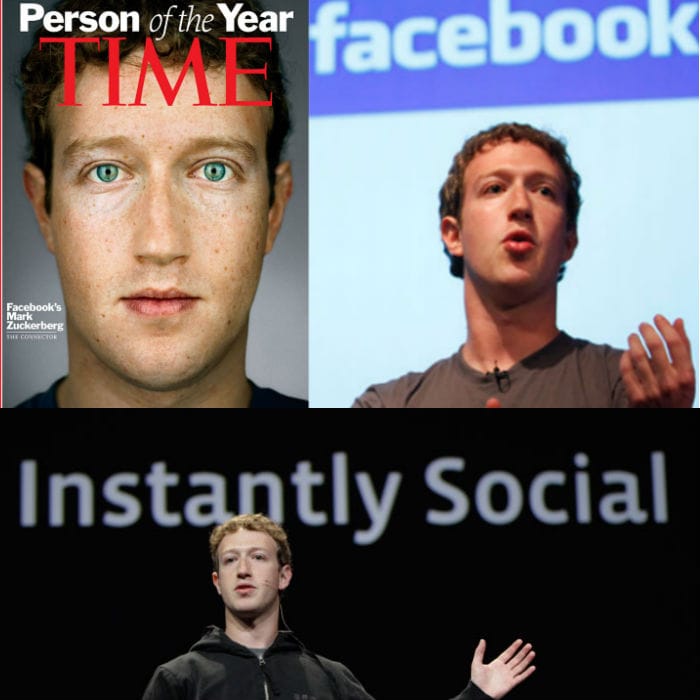

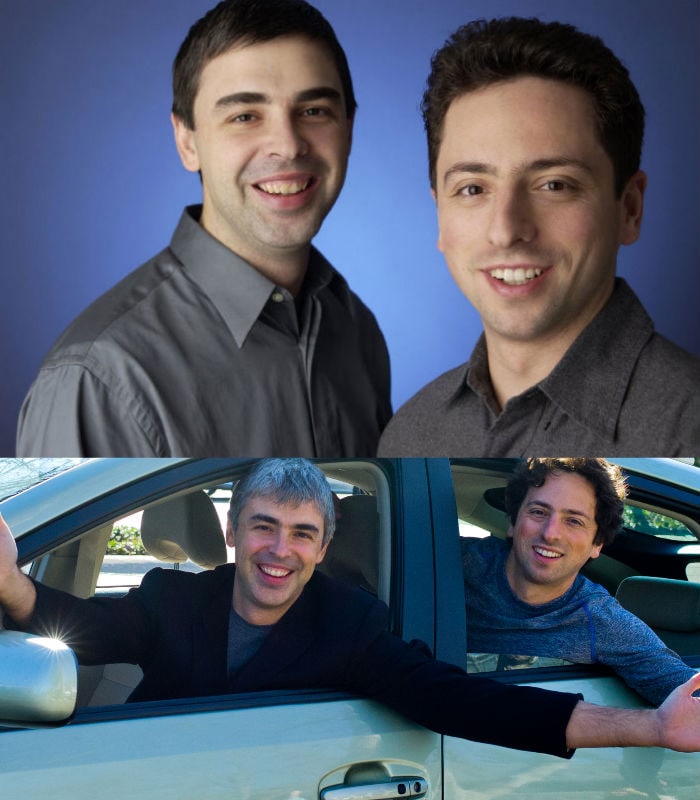
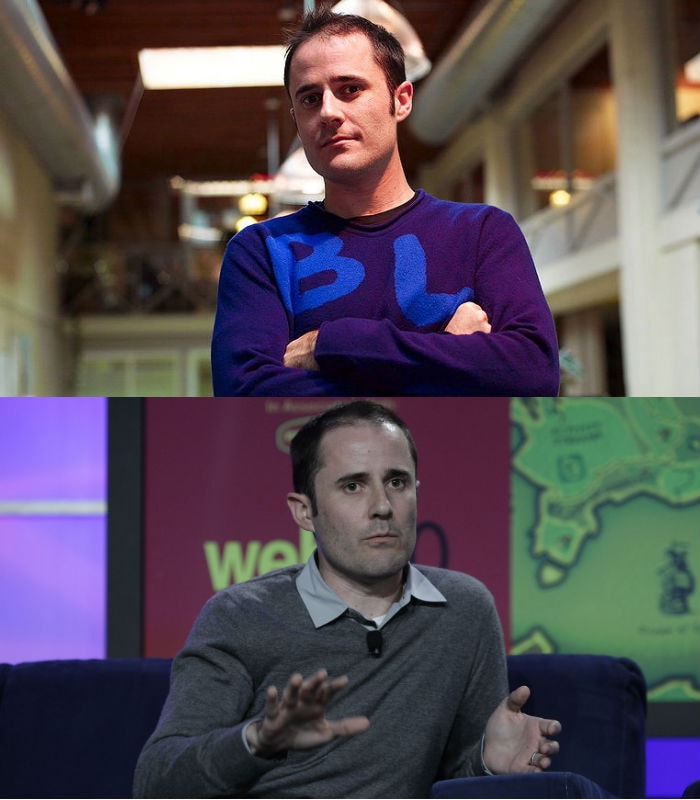



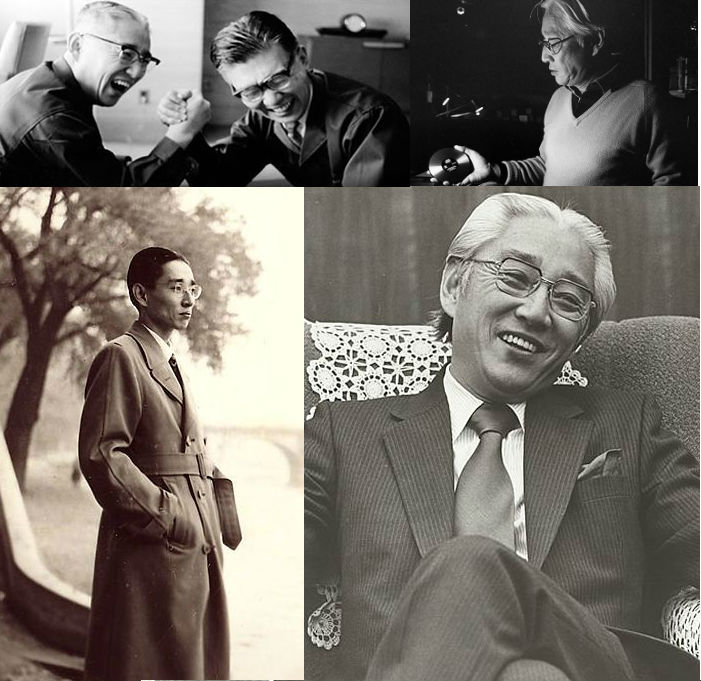



 C++ is a
C++ is a 